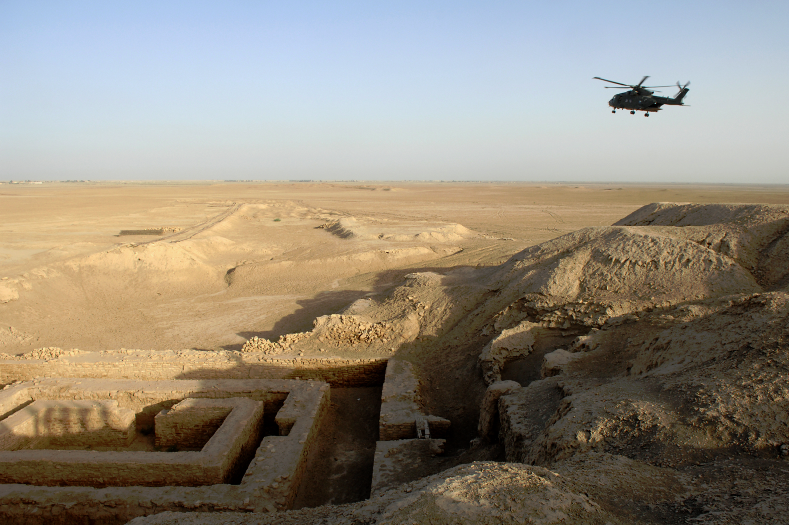
(Sorry for the long lag between posts. I had some things going on in my life that required my full attention. Things are pretty much back on track. Thanks for your patience.)
Awhile back I was fulfilling my role as a scientist ambassador at the Bradbury Science Museum here in Los Alamos, NM. (This mostly consists of setting up various measurement activities and chatting with visitors about the advantages of the metric system for a couple of hours on the occasional Saturday.)
One day I realized that a man was starting to pace back and forth in front of me. Even though I wasn’t yet done prepping and I sensed this gentleman was about to go on the attack, I went ahead and said, “People are dying in this country because we don’t use the metric system in this country.”
“I don’t believe you,” he replied.

I then handed him the 2016 Top Ten Patient Safety Concerns for Healthcare Organizations report put out by ECRI [Emergency Care Research Institute]. Number seven on the list: “Medication Errors Related to Pounds and Kilograms.” It advocates for only using metric system units (i.e. kilograms for weight) to reduce dosing errors since most medications use weight to determine the correct dose. It’s reason is simple: There are about two pounds in a kilogram. Doctors and nurses are schooled in the metric system but have to bounce back and forth between metric and U.S. customary units to communicate with their American patients. If they mix up the two, they might give the patients half the dose they need (potentially rendering it ineffective) or twice the amount (read overdose).
Using metric system units for medicine has also been recommended by multiple health organizations including the Centers for Disease Control. (See the above image)
The gentleman reviewed the report and since—I assume—he could no longer argue on that particular point, he launched into what I’ve now dubbed “The argument of twelves.”
The Argument of Twelves
The argument goes something like this: If you are working with a group/set of 12s, then your factors are 1, 2, 3, 4, 6, and 12; but if you are working in the metric system, your factors are only 1, 2, 5, and 10.
I consider this to be a specious argument since (and please, but nicely correct me if I’m wrong) we don’t really measure a lot of things by twelves. Sure, a foot has twelve inches and there are twelve months in a year. (Apparently eggs are sold by the dozen—according to the New York Times—because eggs were a penny each and there are 12 pennies in a shilling. Selling eggs by the dozen meant, as a vendor, you didn’t have to make change.) However, there isn’t much else I can think of that comes in twelves except a gross of 144 items (which is 12 multiplied by 12). You can’t really cite time because military/Zulu time uses a 24-hour clock.
If we actually had 12 ounces in a cup and 12 cups to a gallon and 12 ounces in a pound and 12 yards to a mile, then I would understand that counter argument. (In reality, there are 8 ounces in a cup, 16 cups and 128 ounces in gallon, 16 ounces in a pound, and 1,760 yards in a mile…plus 36 inches or 3 feet in a yard and so on.)
But, when it comes to everyday measurement, we really only divide up inches, months, and eggs into twelves. I don’t think that’s enough reason to reject using the metric system.
However, I’ve found after seven years on this project (the anniversary of which was the day before yesterday), if people are threatened by the idea of changing to the metric system—for any number of reasons—they will latch onto whatever immediately comes to mind to reject it.
Around the time that the man was winding down his argument of twelves, some other—more open-minded people—approached me and I turned my attention to them.
I’ve said many times that, when it comes to this issue, there are probably 10-20 percent of people who already love the metric system and there’s about another 10-20 percent who are completely opposed to it.
It’s my plan to focus my attention on the 60 to 80 percent who don’t realize we have a problem in this country and are open to learning about it. Maybe action will eventually occur. That’s my hope. If you want to become more involved, let me know at milebehind@gmail.com.
In a closing note: I realize that some people ascribe a historical and religious meaning to the number 12, but we don’t have to limit the number of members on a jury or the number of apostles due to the metric system so let’s not shoehorn that number into our measurement system unnecessarily.
Plan for another post in September.
Thanks for getting this far,
Linda


















![A thermometer in Celsius and Kelvin (By Martinvl (Own work) [CC BY-SA 3.0 (http://creativecommons.org/licenses/by-sa/3.0)], via Wikimedia Commons)](https://milebehind.files.wordpress.com/2015/05/kelvin_celisus.png?w=171)




